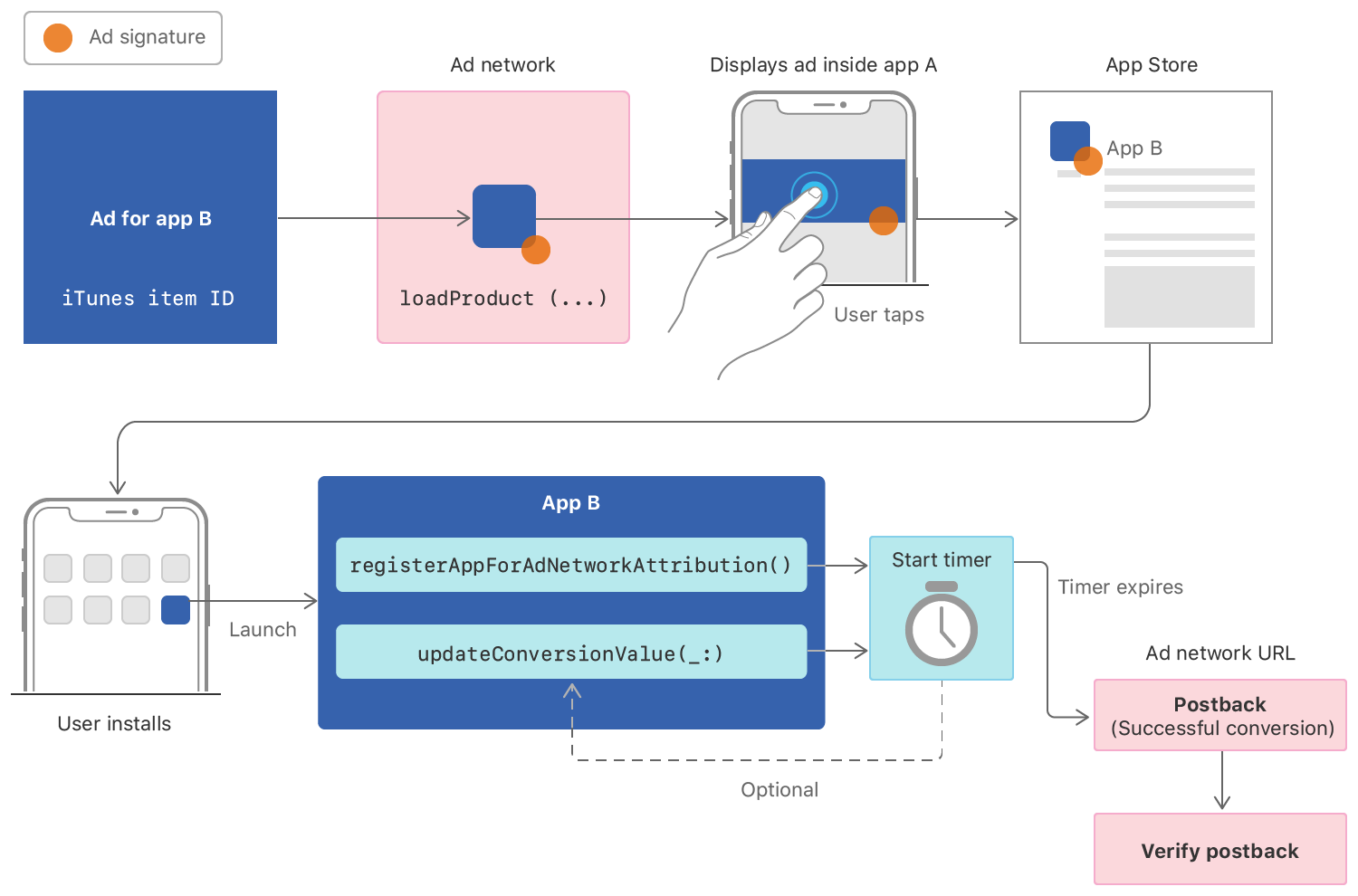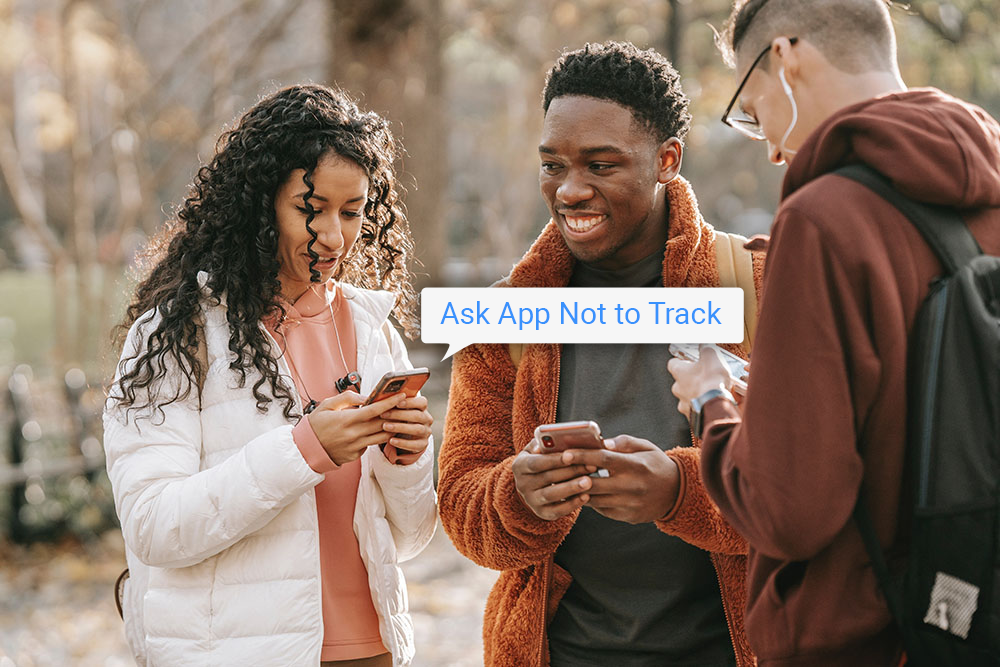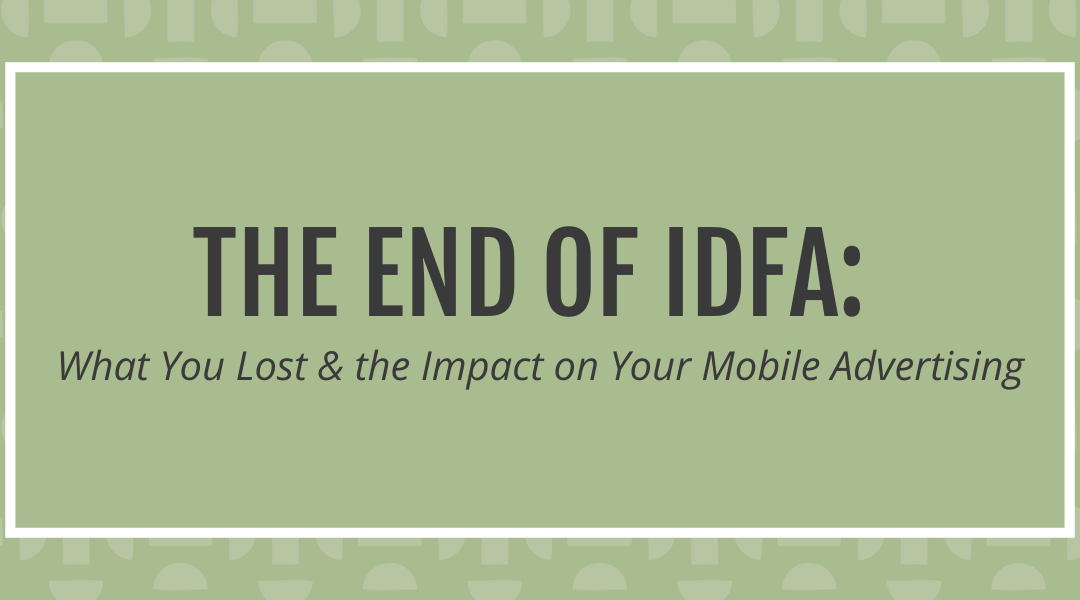On April 26th, 2021, Apple released iOS14.5, an update that many mobile app advertisers have seen as the end of Apple’s Identifier for Advertisers (IDFA). While IDFA sharing was previously turned on by default, iOS14.5 and it’s App Tracking Transparency (ATT) feature have switched it to an opt-in system. Your app users will now need to give their consent (via a one-time popup window) before they can be tracked.
With users now having to opt-in to sharing their IDFA, it’s likely that far less of them will do so. Estimates of opt-in rates have ranged wildly, though usually have been around the 10-15% mark. However, an early study by AppsFlyer has estimated a higher average opt-in rate of 39% and that opt-in rates differ across app types and according to brand affinity and user trust. Unfortunately, some of the lower opt-in rates are for mobile games.
Regardless of the exact number, you can be sure that a large portion of your users are no longer going to be sharing their IDFA. You’re likely wondering how you’re going to measure the success of your campaigns and accurately target and re-target the right audiences. You’re not alone: According to Tinuiti’s blog post about 70% of IOS users share their IDFA with app publishers, after the IDFA change it’s estimated that this number will drop to 10% to 15%.
Let’s dig into exactly what you’ll no longer have access to and how that will impact your mobile advertising.
What You’ve Lost with the End of IDFA
For users that do not opt-in to share their IDFA, install attribution is being handled by Apple’s SKAdNetwork. While SKAdNetwork has been around since 2018, it was never heavily used since IDFA provided advertisers with the information they needed. While SKAdNetwork provides a higher level of privacy for users, it presents a number of limitations for mobile app advertisers.
Limited, Delayed, and Less Granular Data
One of the biggest changes with the end of IDFA is the amount of user data that you’re going to be able to collect. Data from SKAdNetwork has a narrow time window in which events are recorded and sent back to advertisers. This window is situated around app install; SKAdNetwork does not provide postbacks for in-app events. As a marketer you will have limited access to post-install behavioral data, if any at all, meaning that you can’t accurately measure the ROI of a campaign or user LTVs.
Unlike IDFA’s device-level tracking, SKAdNetwork only provides data at campaign-level. The data you receive from SKAdNetwork is aggregated and you’ll only have a high level view of the success of the campaign. There is no ad set or creative variation level data, so without IDFA, you cannot A/B test ads. As well, SKAdNetwork is limited to 100 campaigns per app.
SKAdNetwork has no view-through attribution or impressions statistics. That means if a user views an ad for your game on YouTube, and later searches for your game on the app store, Apple views it as an organic install. SKAdNetwork cannot track the interaction unless the ad leads directly to the install through a trackable click. There is no attribution for specific users and, again, your ability to measure ROI and LTVs is significantly affected.
SKAdNetwork data is also delayed. Postbacks are delayed by 24 hours or more, so if you’re reliant on real-time information to optimize your bids, you’re out of luck. You will no longer be able to change your budgets on the fly.

How Apple’s SKAdNetwork install validation works [image courtesy of Apple]
Targeting and Re-targeting
It’s likely that there will be a decrease in audience size all around, so you may struggle to create rich, custom audiences. With this shift, lookalike audience modelling is also changing. Currently, Facebook has a rich index of user behaviour to create lookalike audiences. For example, if a user has the Calm app installed, the Headspace app installed and the Find What Feels Good app installed, it’s likely they’re a meditator and perhaps into yoga. Many of these signals will go away.
The Impact of the End of IDFA on Your Mobile Game Advertising
Targeting and Re-targeting is Changing
With the end of IDFA, your ability to target and re-target audiences will change significantly. Many targeting types will no longer work for mobile users that have opted out of sharing their IDFA. Platforms like Google and Facebook have other deterministic variables they can use to ID devices (email, phone number) but other programmatic platforms that don’t have a deterministic ID are likely to see a reduction in targetable audiences.
Facebook has been lobbying against the end of IDFA, and warning brands that they might see decreases in performance and audience size for re-targeting efforts. However, they have said that prospecting efforts with lookalikes and dynamic ads for broad audiences will see minimal impact. Visit the Facebook Ads Manager Resource Center on iOS14 changes for more information.

Many users will choose not to share their IDFA, so targeting and re-targeting the right audience will change drastically.
Less Revenue from Mobile Advertisting
If you’re running ads from third-party companies on your game, you should be aware that you may see less revenue. While advertising on mobile apps will still be available, the ads will be worth a lot less since advertisers won’t be able to specifically target certain audiences.
Attribution
SKAdNetwork does not provide view-through attribution and impressions statistics, and data is not at a device or user-level. That means that there will likely be a move from deterministic attribution to probabilistic attribution since the majority of users won’t be sharing their IDFA.
Using intent-based targeting, you can reach a user interested in a particular subject or topic and this predictive targeting can be used to segment users based on the likelihood of performing an action. While probabilistic attribution is not as precise as deterministic attribution, it is very privacy friendly. Be sure that your marketing and advertising partners have privacy in mind when you’re developing ad campaigns and measuring attribution.
Adapting to the End of IDFA with First-Party Data
With the massive changes on how attribution and targeting will work post-IDFA, undoubtedly some companies will try and find loopholes. But loopholes are only a temporary solution, and Apple is quickly cracking down on apps that try and subvert the system. More importantly: your users deserve to have their data privacy respected.
While all the new regulations seem confusing and are still evolving, the way forward is to lean into the new post-IDFA, privacy-centric environment. That means that you need to find new and trustworthy ways to collect data on your audience through a robust first-party data strategy. Brands can use first-party data to create audiences and segmentation so that they can continue to provide personalized experiences as before, all while building trust and a two-way relationship with their users. We’re here to support you on your journey – so please let us know if we can help.
It's going to be a big shift, but we're here to support you.
Find out the 7 steps you need to take right now for the new world of iOS 14.5:

